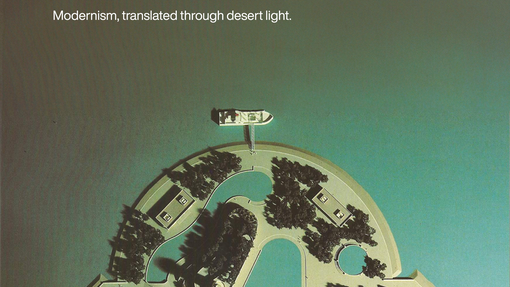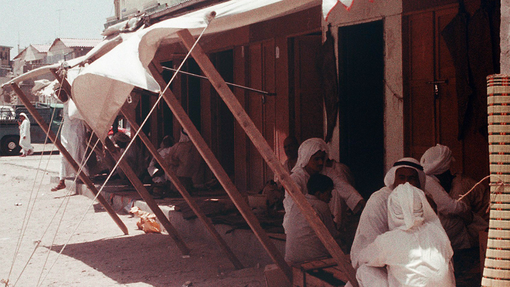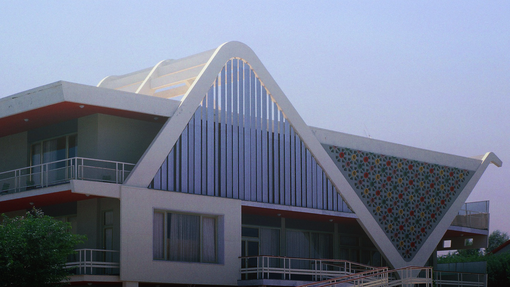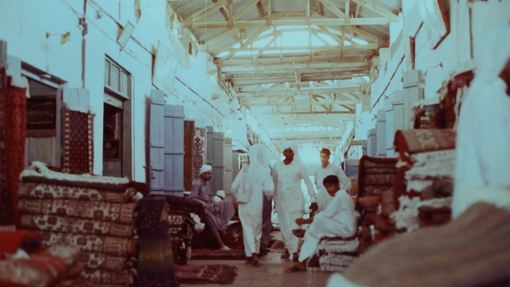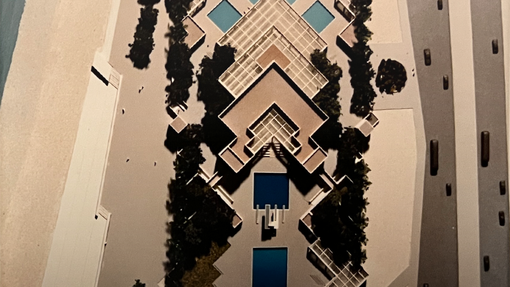On World Architecture Day, we honored Kuwaiti architect Ghazi Hamad Sultan Bin Isa (1941–2007) — a visionary who redefined the dialogue between heritage and modernity across the Arab world. Sultan was not just modernizing Kuwait; he was reimagining what modernism could be in a regional and cultural context.
As both architect and urban planner, he helped shape Kuwait’s modern landscape with an approach grounded in memory, identity, and innovation. His 22-kilometer master plan for Kuwait City’s shoreline, developed in collaboration with Sasaki, became a blueprint for urban waterfront design that balanced progress with cultural continuity. Among his landmark projects, Green Island and the Swimming Pool Complex exemplify his ability to merge environmental awareness with social and architectural vision.
What makes Sultan’s work especially enduring is his 15 design criteria for the Arabian Gulf—a manifesto that challenged Western architectural education’s disregard for vernacular traditions. He advocated for climate-responsive design, the preservation of regional craft, and the integration of Islamic spatial principles into contemporary architecture. Rejecting “individuality for individuality’s sake,” he argued instead for context, community, and cultural coherence.
At a moment when oil wealth risked erasing Kuwait’s architectural heritage, Sultan demonstrated how to build forward while honoring place. His framework remains urgent today, offering valuable insight for architects and designers seeking to create work that is both sustainable and culturally resonant.
A tribute to those who designed the foundations of progress.

